Weaving: How to Make Your Own Cloth

If you have never thought of how cloth is made, you may be surprised at how simple the process actually is. Although becoming an expert weaver will take practice, you can learn how to weave in very little time. When you know the basics, it should be enough for you to start with enthusiasm.
Cloth is made by the process known as weaving. Blankets, rugs, and similar items are also made by this same process. Weaving involves passing threads first under and then over one another. The type of thread you use, and how tightly the threads are woven, determine the finished product. When described in such a simple manner, you should find the concept of weaving easy to understand, and the process easy to do.
The main purpose of a loom is to make the weaving process easier by holding both the woven material and the unwoven threads. If you wish, you may try to weave by hand first, without the use of a loom. You will immediately see why using a loom is preferable! There are two points to keep in mind before you begin weaving. First, you may have heard the terms “warp” and “weft” which are mentioned frequently when referring to woven handicrafts. These terms refer to the positions of the threads when one is weaving. Second, the tighter the threads are placed together when weaving, the thicker or heavier the finished product. If the threads are placed together too loosely, or if they contain gaps, it will diminish the quality of the finished product.
When you are choosing a thread for your project, you should select one that is easy to handle. The easier you can manage the threads, the nicer your finished project. An additional, helpful tip for the beginner is to select threads or yarns in two different colors. If you choose one color for the warp and a contrasting color for the weft, it will make managing your threads much easier.
There are four main processes in the overall process of weaving. If you familiarize yourself with these concepts in advance, it will help your weaving to proceed much more smoothly. The processes involved in weaving include:
1. Shedding
Shedding is the process where the warp yarns are raised up onto the loom. If you are using a modern loom for weaving, shedding is done automatically by the loom itself. Proper shedding ensures that the warp yarns or threads are positioned correctly to receive the filling yarns or threads.
2. Picking
Picking is the process in which the shuttle correctly inserts and positions the filling yarns or threads.
3. Battening
After the filling yarn is positioned, the loom’s reed battens the individual yarns against the formed fabric.
4. Taking up
As each area or section of material or fabric is completed, it must be “taken up.” This means that it is wound onto a beam. You can continue weaving without the finished material getting in the way. If this sounds complicated, it is really not difficult at all.
You may have a few errors at first, but with a little practice you can quickly become an expert. The best rule of thumb to keep in mind is to start simple and make progress. After you have developed the talent of weaving plain cloth, you can move on to more complicated projects.
There is another interesting point for you to consider when you are planning to start weaving. Do you remember those little plastic looms which you or your friends had when you were children? If you are like most adults today, you probably spent many hours of your childhood making nice potholders from cloth bands in a rainbow of colors. The loom held the warp bands securely, as you inserted and positioned the weft bands with your fingers or with a small hook. Making those potholders was the simplest form of weaving, so you are not really new to the process at all! The joy you felt in making those potholders, and the pride you felt when you gave them away as gifts, can come back to life again when you start learning how to weave on your modern loom!
You can begin by weaving plain cloth with the thread or yarn which you find easiest to handle. You will surely be delighted at how your very first projects turn out. Allowing sensible room for error, especially in the beginning, you will be proud of your new accomplishments.
After you have had some practice with weaving, you can move on to more complicated projects. You may decide that you want to weave rugs or blankets, to have for your own use or to give as gifts. There is nothing quite as impressive, nor as well-appreciated, as hand-woven products for the home.
In addition to weaving larger and more complicated products, you can also try your hand at weaving patterns. While this is not advisable for the beginner, it should not take long for you to be prepared for this next step. Imagine how thrilled all of your friends and family members will be when they receive special gifts which you not only wove yourself, but custom-designed in lovely patterns just for them!
Weaving has been a part of life for centuries, in cultures all around the globe. For some, it was a necessary part of life; for others, an enjoyable craft. It can be whatever you wish it to be for you, today. Learning how to weave cloth is only the beginning. You can make clothing, products for the home, and gifts.
You may have come a long way since the days of making colorful potholders on a plastic loom, but the concept is the same and the process is nearly as simple. You may have had the basic knowledge, talent, and skills for weaving without even realizing it!
Now that you know how simple it is to make your own cloth, all you need to do is take out your new loom and your favorite thread or yarn, and begin! You will soon see beautiful treasures appearing right before your eyes!
The Author:
http://art-of-crafts.net

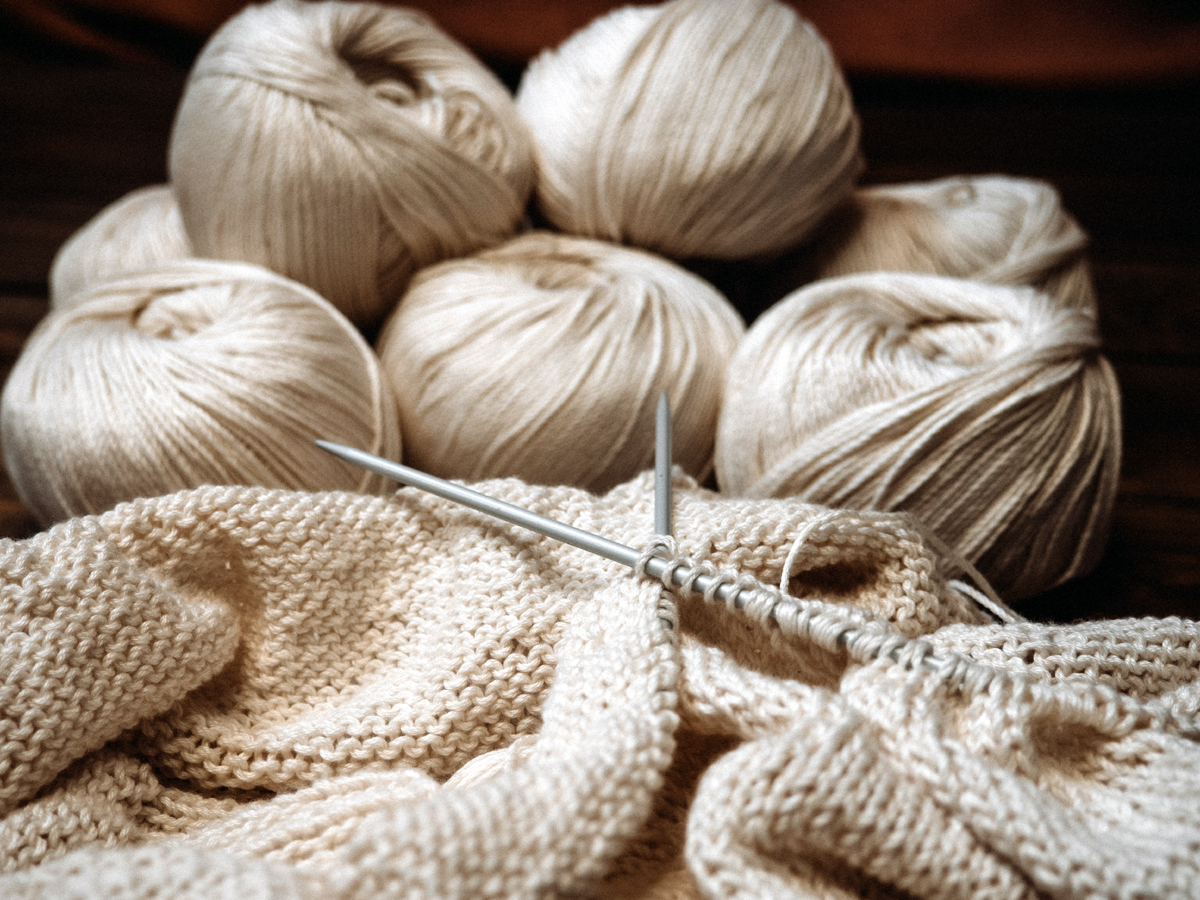
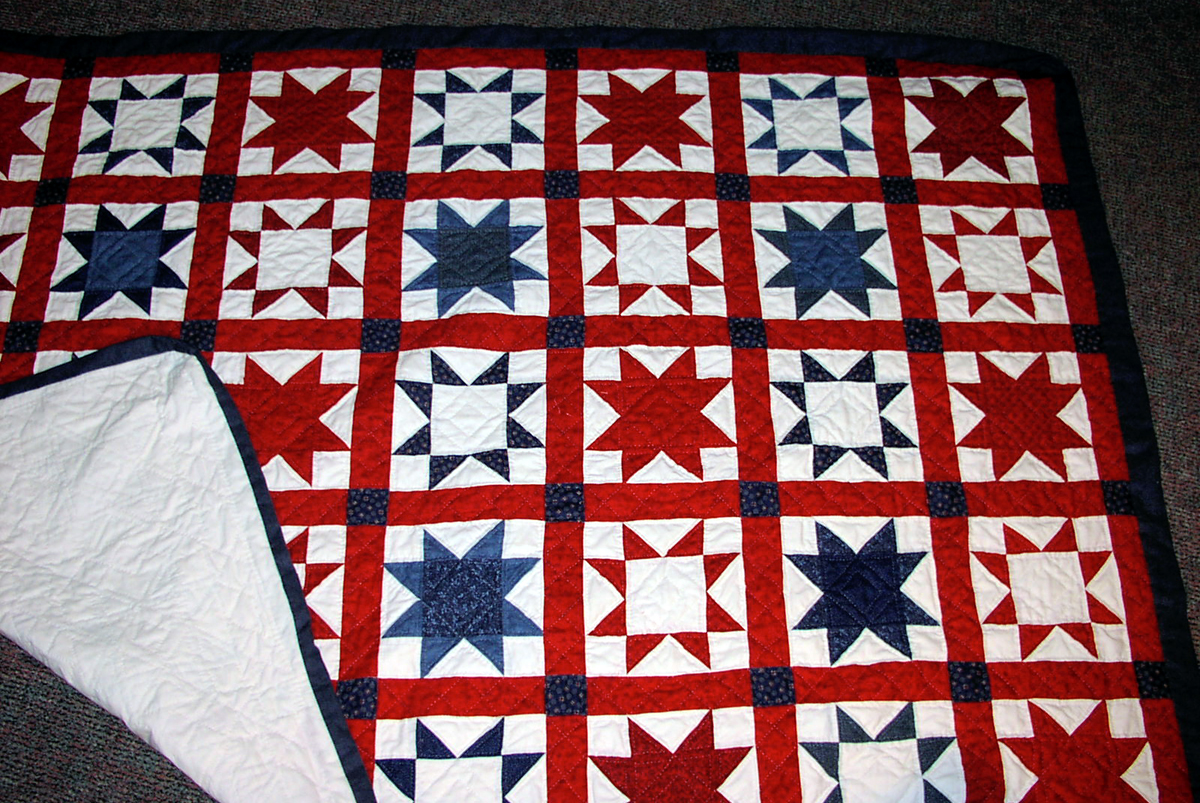
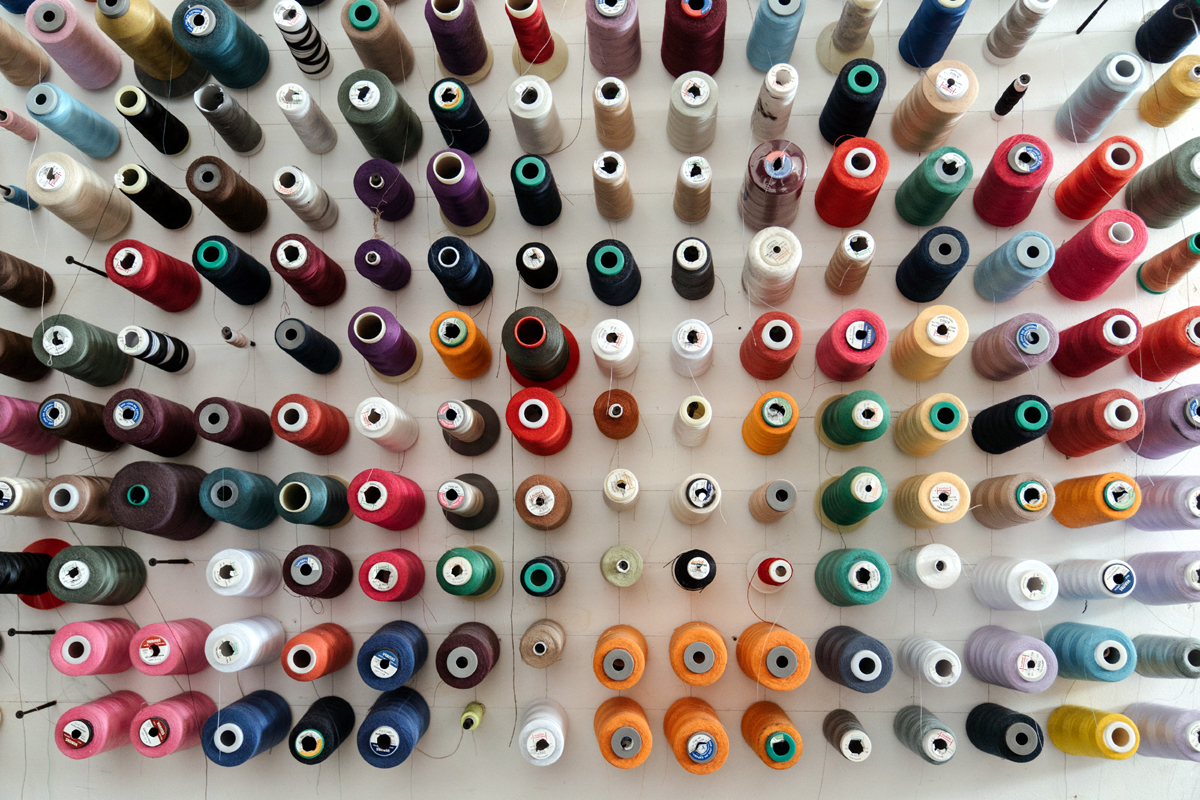
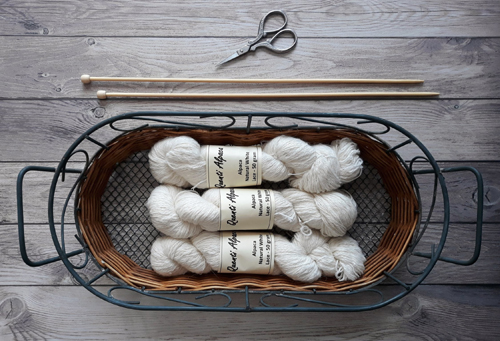
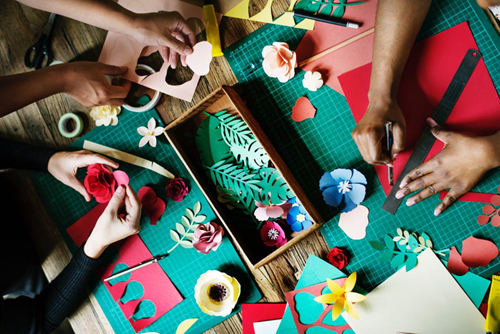
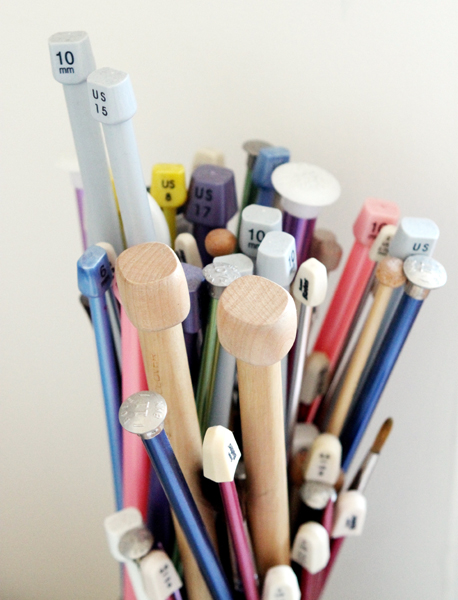

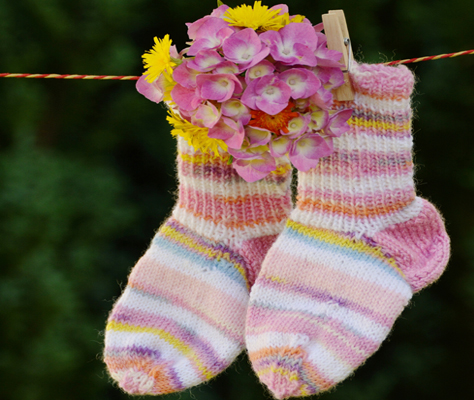
I’m curious as to how to loom fabric to use to make clothing. Do you have any tips or resources that would be helpful.
Thanks